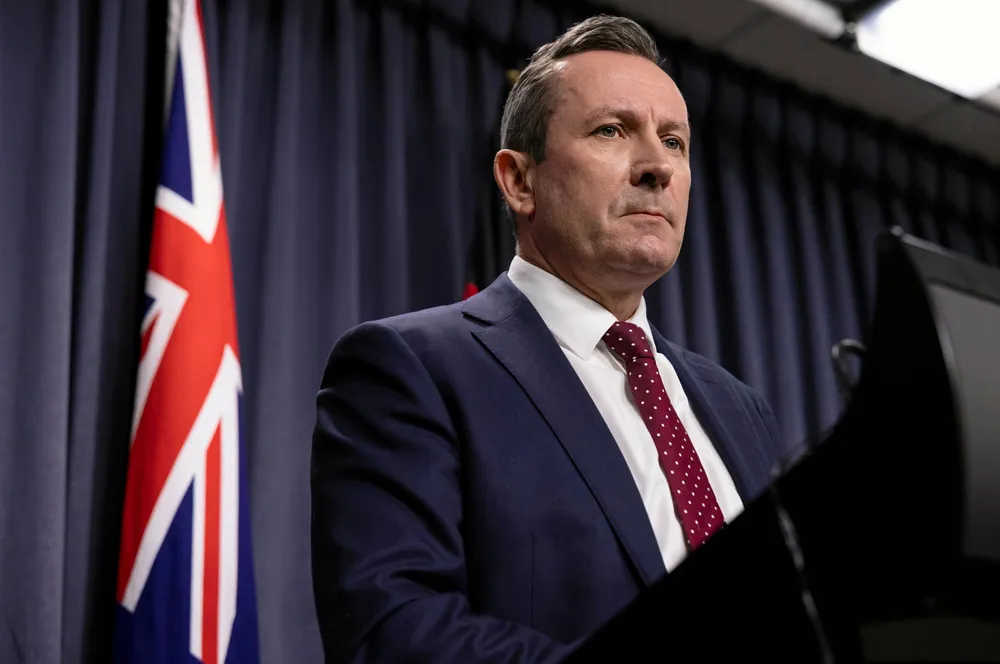Western Australia tiptoes ahead with plan to generate 1% of its power from green hydrogen
Perth sees H2 as ticket to balancing grid and stimulating renewable H2 demand, but target will add A$21m ($14m) a year to electricity costs by 2030

Perth sees H2 as ticket to balancing grid and stimulating renewable H2 demand, but target will add A$21m ($14m) a year to electricity costs by 2030
